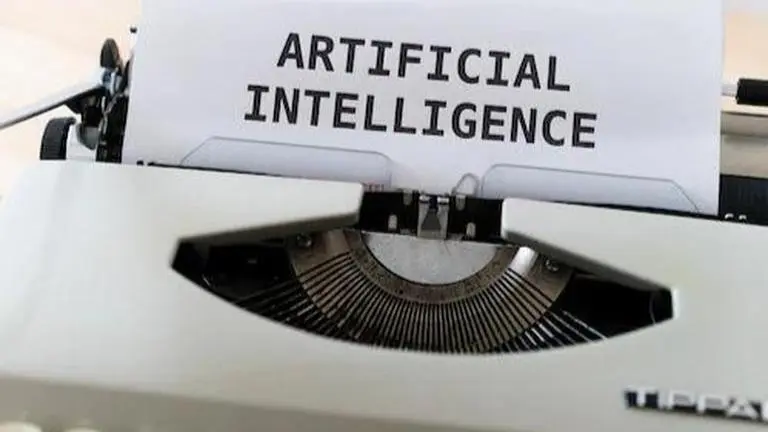Updated 2 September 2023 at 19:14 IST
In the era of AI, how challenging it is to preserve human artistry in Design
Design education should equip students with the ability to harness AI as a tool without compromising their creative intuition.
- Education News
- 4 min read

In the rapidly evolving technology landscape, the integration of Artificial Intelligence (AI) and creativity has brought both excitement and apprehension. The clash between the two seems inevitable, raising questions about the preservation of human artistry in design. AI has made substantial strides in various industries, and design is no exception. AI-powered tools can generate complex designs, streamline repetitive tasks, and provide data-driven insights. From logo creation to layout suggestions, AI delivers efficiency and innovation that were previously unimaginable. However, the influx of AI has sparked a debate about the potential homogenization of design, as tools tend to rely on existing patterns and data. Rekha Kejriwal, Academic Director of Academy of Fashion & Art (AFA) in a conversation with Republic World has shared how challenging it is to preserve human artistry in Design.
Essence of Human Artistry
Human Artistry includes emotional depth like on a daily basis, our hunger finds Satisfaction with food prepared at home, using personalized ingredients and processes tailored to individual health needs. AI functions as the source of pre-ordered or ready-to-make food that contributes to taste but lacks enduring fulfillment. There's an inherent tendency to return to a personalized approach, characterized by greater expertise and emotional involvement. Both these approaches are important and ready for collaboration. Technology and skill continue to converge, with precision technology meeting the needs of the masses, while skills continue to shape and regulate technology.
Human artistry includes cultural nuances, emotional depth, and the imperfections that make designs resonate on a personal level. It's about capturing the human experience and infusing it into visual representations. Artistry in design involves storytelling, empathy, and a unique perspective that arises from individual experiences. The challenge lies in preserving these qualitative elements while incorporating AI's quantitative efficiency.
Advertisement
Challenges Faced by Budding Design Students
Balancing Efficiency and Originality:
Advertisement
Students are often faced with the dilemma of using AI tools for efficiency without sacrificing originality. The temptation to rely entirely on AI-generated ideas can undermine their creative growth and striking a balance between AI assistance and personal creative input is an ongoing challenge.
Nurturing Creative Intuition:
AI-driven designs are rooted in algorithms and historical data. However, design students need to develop their creative intuition, which is an abstract process guided by emotions, experiences, and innovative thinking. AI might inadvertently hinder the development of this vital skill.
Fear of Uniformity:
With AI streamlining design processes, there's a concern that designs might become uniform, lacking the diversity of human expression. Budding designers fear that relying too heavily on AI tools could kill their unique artistic identity.
Dependency on Technology:
While AI tools enhance efficiency, excessive reliance can lead to a dependency on technology. Design students must ensure they have the skills to create independently, even without the aid of AI, to maintain their resilience in a dynamic industry.
Preserving Human Artistry in the Age of AI
Embrace Collaboration:
Design students can collaborate with AI, using it as a tool rather than a replacement. By leveraging AI to generate initial concepts, students can then infuse their creative intuition to refine and personalize the design.
Continuous Learning:
Emphasize the importance of constant learning and adaptation. Encourage design students to stay updated with the latest AI advancements while honing their traditional design skills. This dynamic skill set allows them to adapt to the evolving industry.
Cultural Sensitivity and Storytelling:
Human artistry thrives on cultural context and storytelling. Design students should focus on incorporating narratives and cultural elements that resonate with diverse audiences, setting their work apart from AI-generated designs.
Exploration and Risk-Taking:
Encourage budding designers to experiment, take risks, and embrace imperfections. AI avoids uncharted territory, but human creativity thrives on exploring new boundaries.
AI offers unmatched efficiency and innovation, and the preservation of human artistry remains paramount. Design education should equip students with the ability to harness AI as a tool without compromising their creative intuition. By striking a delicate balance between technology and human emotion, young designers can shape a future where AI amplifies their artistic endeavors rather than overshadowing them.
Published By : Nandini Verma
Published On: 2 September 2023 at 19:14 IST
